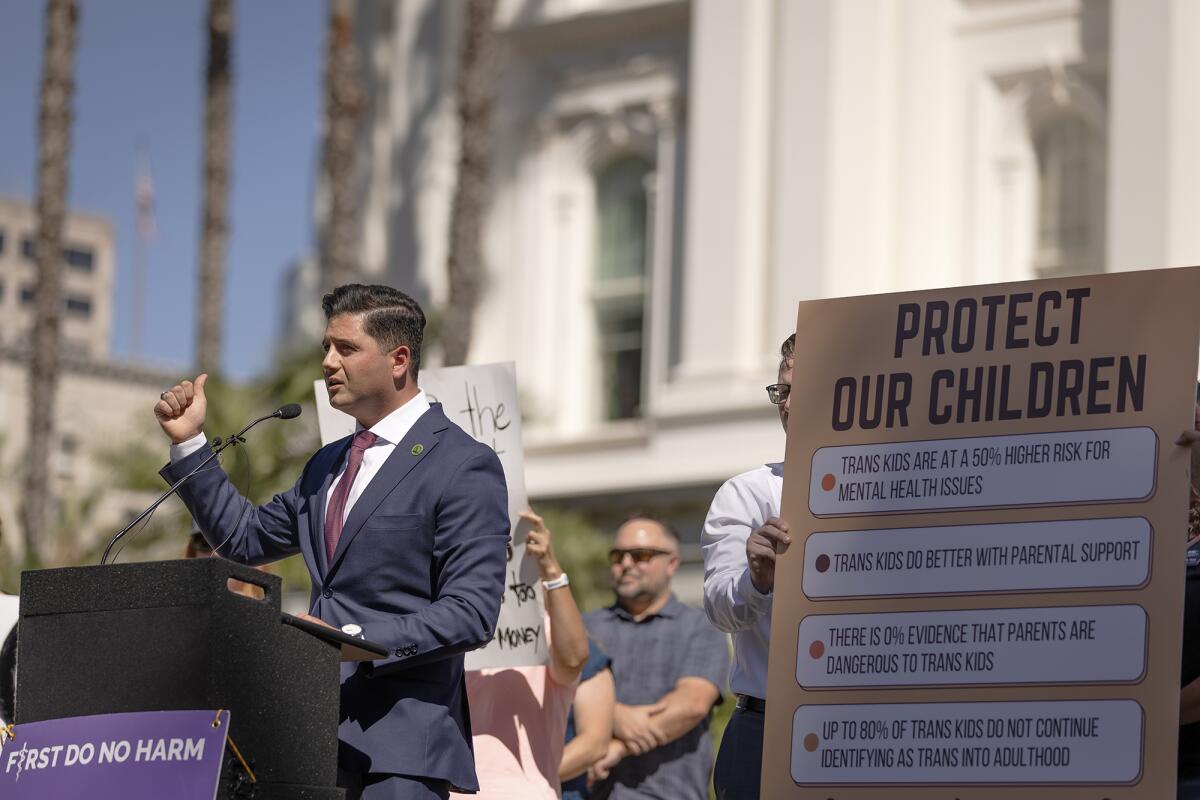Felix Yupenda depends entirely on his harvests to sustain his family. He is a local farmer in Wukari, Taraba State, North East Nigeria, who grew up on the farm and has worked there for over 30 years.
“I learnt how to cultivate yam and cassava from my father, but I also supplement it with other crops like rice, beans, and Guinea corn,” he told HumAngle.
He had planted yam seedlings weeks ago, taking advantage of the moist soil left behind by an early rainfall. But since then, the rains have ceased, and he is worried that his seedlings might rot in the hardened earth. He is also concerned about the other supplementary crops like maize and beans, which are beginning to dry up.
“Scientists say we won’t have rain in the coming days, and we are currently seeing the signs, but everything is in God’s hands. We are still praying,” Felix moped.
He noted that in situations like this, farmers only hope and pray for divine intervention, as rainfall is a natural phenomenon beyond their control. But he is anxious.
“If the rain doesn’t come, then I’m finished, I don’t have any other job that will sustain my wife and kids aside from farming.”
Dry skies
Taraba is undergoing a flash drought, as the National Geospatial-Intelligence Agency (NGA) predicts a cessation of rainfall lasting more than 21 days from mid-July. Catastrophic rainfall is anticipated by the end of August. The state is experiencing erratic rainfall, with dry spells of up to five days after each rain episode in Jalingo, the state capital, and surrounding areas.
Fidelis Nashuka, the Director of Planning, Research, and Statistics at the Taraba State Ministry of Environment and Climate Change, told HumAngle that drought is becoming a recurring issue. He noted that Taraba experienced a severe episode last year despite not being traditionally classified as drought-prone.
“Last year’s drought affected crop production, and many farmers lost their crops to it,” he said.
While the state is experiencing signs like erratic rainfall, Fidelis hopes the aftermath will not be as severe as last year. He said the signal, though devastating, might be a good sign for residents, especially farmers, to start working towards mitigating the drought.
“This is July. We are expected to have full rainfall at its peak across all the states, but we are experiencing variations in different areas, which is a matter of concern, and if care is not taken, the rains may cease while our crops are yet to mature,” he added.
He stated that the most at-risk communities are in northern Taraba, especially those bordering Adamawa and Gombe states. He explained that these areas are facing a significant reduction in rainfall compared to Taraba’s southern and central areas. The affected areas include Zing, Yorro, Lau, Karim Lamido, and others.
HumAngle interviewed Ephraim Tor, a farmer from the Bali Local Government Area. He expressed concern that his community is currently facing drought and, like many other farmers, is anxious about the future. “Last year, my maize dried up, and I got almost nothing,” he said.
Ephraim added that rice farmers in Bali were struck the hardest, and while the skies remain dry, many are growing anxious. “We are just waiting for God to give us rain because there is nothing we can do,” the local farmer complained.
Fidelis noted that areas previously receiving consistent rainfall for five to six months each year have recently experienced a decline. This reduction now affects the southern parts of Taraba and the central area, where noticeable changes in rainfall patterns are observed. The environmental researcher explained that the drought is beginning to impact food production and trade, as buyers from neighbouring states may stop coming due to decreasing harvests.
On the edge
Abdullahi Sanda, a large-scale commercial farmer from the Lau LGA, seemed anxious while speaking to HumAngle. The cessation of rainfall had caused him many sleepless nights due to the distressing experiences he faced last year.
He cultivates maize and rice but primarily focuses on large-scale rice farming. He stores the harvested rice and sells it to traders and businesspeople from Kano and other states. With his extensive land, Abdullahi typically harvests over 200 bags of rice at the end of each farming season, but last year was quite different.
“Since my years of farming in this region, I’ve never experienced drought until last year. They said it is climate change,” Abdullahi said.
In 2024, it was reported that farmers across several LGAs in Taraba lost crops worth millions after rainfall ceased for weeks.
“Last year, after planting, we sprayed pesticides, which we normally do as a form of weeding in July. This pesticide requires moisture to take effect, but then, the weeds didn’t die because there was no rain,” he recounted. “The rice farm dried up to the extent that one matchstick, if lit up, can set it ablaze. After spending a lot of money on the pesticides, we realised that even if we buy another one, it won’t work because there was no moisture, so we hired people to weed it manually.”
Manual weeding cost Abdullahi over ₦500,000 due to his farm size.
“We didn’t budget for that expense, but sometimes you must take risks. The manual weeding was beneficial, but the rains returned late,” he sighed. He explained that when a bag of rice is planted, it should yield at least 30 to 35 bags. Despite planting around 10 bags last year, which was expected to produce about 300 bags, he ultimately harvested only 194 bags. “It was a massive loss. I have another small farm, and I planted rice there, but the rice didn’t even germinate.”
Despite recording a low harvest, Abdullahi was lucky. Many rice farmers cleared their farms, planted rice, and waited for it to germinate, but due to a lack of rainfall, it didn’t germinate, he said, expressing fear over signs of drought in his region because of the short and irregular rainfall.
“This year, I bought about ₦183 000 worth of weed pesticides sprayed across the rice farm, but there was no rain. So yesterday, I bought another batch worth ₦65,000 and I’m waiting for the rain to come before I spray it because the pesticide requires moisture and I can’t afford to make another loss.”
If another drought hits this year, the farmer said he would be forced into debt like other farmers in Wukari. They had planted yams, groundnut, and rice, but didn’t reap anything when the rain ceased last year. Everything came to a standstill. The groundnuts dried up, and the yam seedlings withered.
To recover from the loss, farmers in his area had to sell the little crops they harvested at a cheaper rate because they were in dire need of money to clear debts and make ends meet. The crash in the prices of farm produce was a huge loss to farmers. For instance, a measure of maize usually sold for ₦700 was now sold for ₦400 because the farmers needed the cash.
Something similar might happen this year, Fidelis warned.
Not a drought-prone state
The drought situation in Taraba is attributed to climate change and human factors like deforestation. From 2018 to 2023, massive deforestation occurred in Taraba, which is now affecting the state’s climatic conditions. Gembu, a town known as one of the coldest places in Nigeria, is experiencing a sharp temperature increase.
“Till today, we are experiencing an increase in deforestation, even though the government is trying its best. We see people from outside Taraba coming into the state to cut down trees and produce charcoal,” Fidelis stated, adding that the state has a law prohibiting the felling of trees under 15 years old. “They cut down trees below 10 years and economic trees, and now, we are seeing the effects.”
Ephraim pleads with the government to provide farmers with subsidised fertilisers to help cushion the adversity. However, Fidelis observed that the government is doing its best to create awareness of building community resilience and mitigation strategies for adapting to changes in weather conditions. He urged local communities to grasp the effects of climate change on agricultural areas and how they can contribute to mitigating its impact.
“The gap is that more trees are being felled and planting is not in the same ratio with the rate of cutting, so if this kind of scenario continues, our weather will keep changing,” Fidelis stressed.
To withstand the looming drought, he called on farmers nationwide to opt for seedlings that can mature quickly if planted. He said those who grow crops that require a longer time to mature are at a disadvantage. For those into rice farming, which requires adequate rainfall, Fidelis advised that they opt for specific seedlings that don’t need much water. He charged the media and civil society organisations to do more to create awareness of climate change and the relevance of tree planting.
While hoping the drought forecast doesn’t materialise despite its signs, Felix is looking forward to making something out of his yam farm for consumption, if not for commercial purposes.
“Right now, my main concern is what my family will eat because education and clothing have become a luxury,” he said.
Abdullahi said he has no choice but to invest in strategies to withstand the drought since it is gradually forming a pattern. Some methods involve digging boreholes around the farm and using solar panels to power water machines to supply the farm with water. Abdullahi is willing to adapt this technique, even though it is expensive.
“I just pray we don’t experience much loss this year,” he said.



































